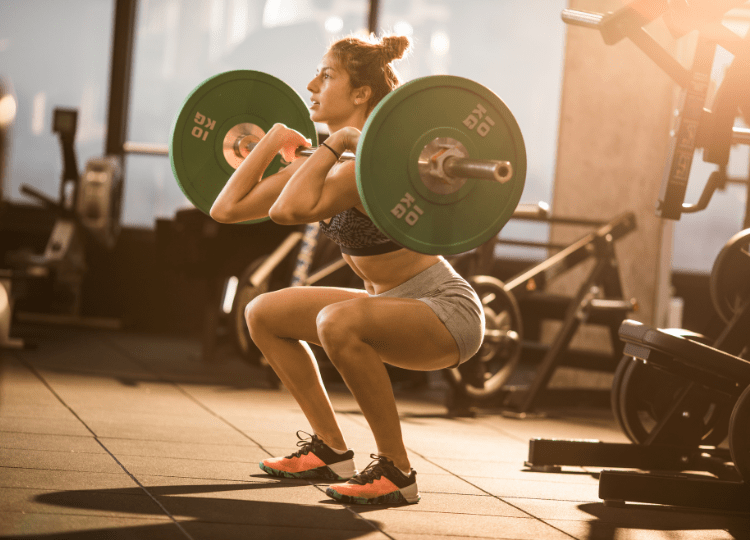A good weightlifting belt can make a big difference in the gym, but the right one will depend on your training and goals. While powerlifters tend to choose very thick, stiff belts to support their lifts, Olympic lifters often prefer more pliable styles that offer greater freedom of movement. Additional factors come into play here, including material, width, and fastening style, as they all contribute toward feeling comfortable and performing well. This guide explains what to think about so that you can find a belt that actually aids you in your lifting journey.
Understanding the Purpose of a Weightlifting Belt
A weightlifting belt is not merely an accessory; it serves a significant purpose. This gear gives your lower back a strong hug, keeping your middle steady as you lift heavy weights. A more grounded feel reduces injuries and helps you perform at your peak. But to truly gain from a belt, you must grasp when and why to use it. Today, it’s easier than ever to find the right lifting belt online and take your training to the next level.
Types of Weightlifting Belts
Weightlifting belts come in various types, each suited for different purposes. The most common ones include:
Powerlifting Belts
These belts are typically thicker and stiffer, offering maximum support for heavy lifts such as squats and deadlifts. You know who loves these? People who push for their most significant lifts.
Olympic Lifting Belts
Olympic belts are often thinner and more flexible, allowing for greater mobility. They shine during explosive lifts such as snatches, cleans, and jerks.
Nylon Belts
Nylon belts provide moderate support and are often more comfortable. Whether lifting weights or working on your endurance, these fit right in.
Factors to Consider When Choosing a Belt
Selecting the right belt involves considering several factors. You’ll want comfort, right? So, look at the material, how wide it stretches, and its total thickness, and that truly relaxed feeling.
Comfort is paramount when choosing a belt. It needs to feel just right, never tight or painful. Trying different styles and brands can help find the best fit.
Material
Weightlifting belts are commonly made from leather or nylon. If you need a tough, solid belt, choose leather. For comfort and easy movement, choose nylon.
Width
The width of the belt affects the level of support. Pushing heavy weight? A wider belt braces your core, giving your back strong support.
Thickness
Thicker belts generally provide more support but may be less comfortable. Those new to weightlifting prefer a thinner belt to start.
Matching the Belt to Your Goals
Aligning the choice of belt with personal fitness goals is crucial. Every goal asks for its own kind of help and freedom.
Building Strength
A sturdy leather powerlifting belt might be ideal for those building strength through heavy lifting. Because it’s so solid, it easily holds up the heaviest possible weights.
Enhancing Mobility
A more flexible belt would be suitable if the goal involves improving technique and mobility, such as in Olympic lifting. You can move around easily, and it still holds you steady.
General Fitness
A versatile nylon belt can provide the necessary support for individuals aiming for overall fitness without compromising comfort. Whether lifting, running, or doing bodyweight drills, it works.
Proper Use of a Weightlifting Belt
Once a suitable belt is chosen, it is vital to understand how to use it correctly. Wearing it too tightly or loosely can negate its benefits. It should sit comfortably around the waist, tightened enough to provide support without restricting movement.
When to Wear It
A weightlifting belt should be worn during exercises that stress the lower back significantly. These pivotal compound movements comprise squats, deadlifts, and overhead presses. However, relying on a belt for all exercises can hinder core development.
Maintaining the Belt
Taking care of the belt ensures its longevity. Leather belts require occasional conditioning, while nylon belts may need regular cleaning to maintain their condition.
Conclusion
Choosing the right weightlifting belt involves considering personal goals, comfort, and the type of training. Know your belts. When you understand what each type does, you can choose wisely. This helps you perform better and stay safer. Whatever your fitness dream—building muscle, moving freely, or staying healthy—a good belt can help you get there.
